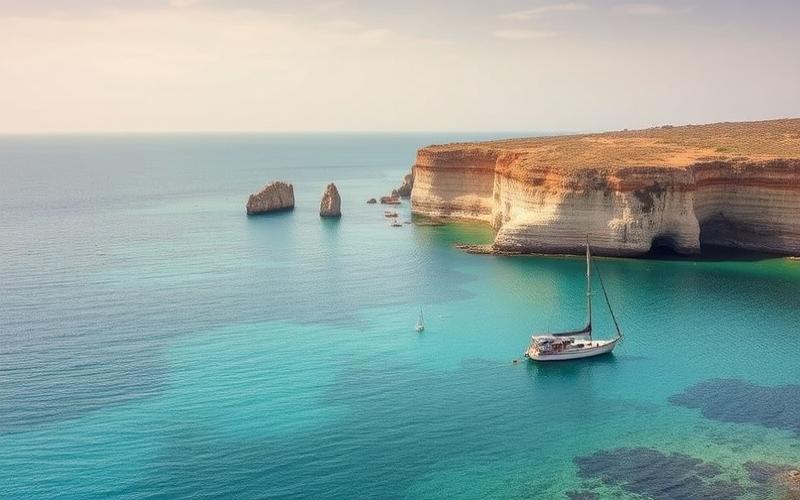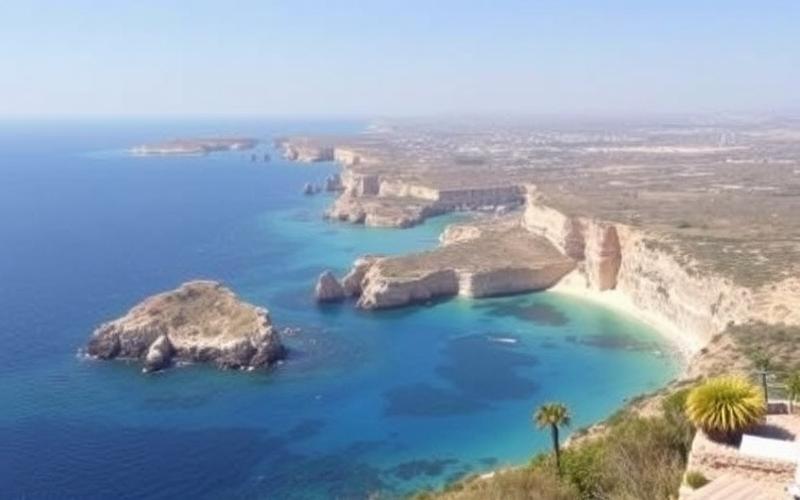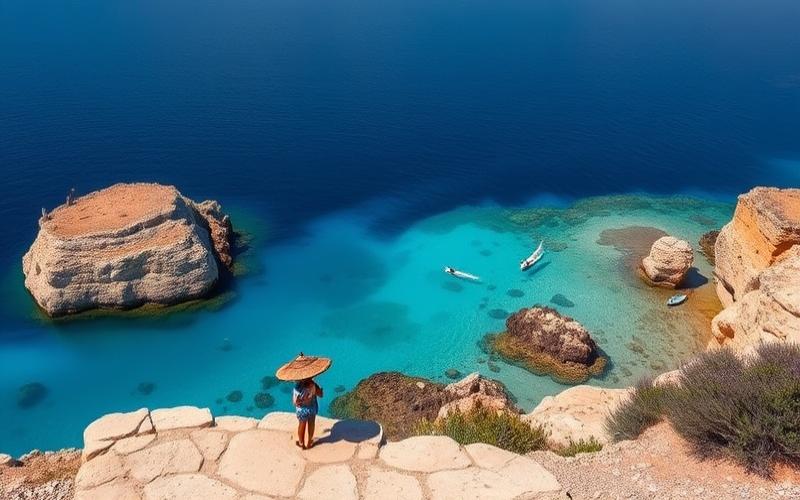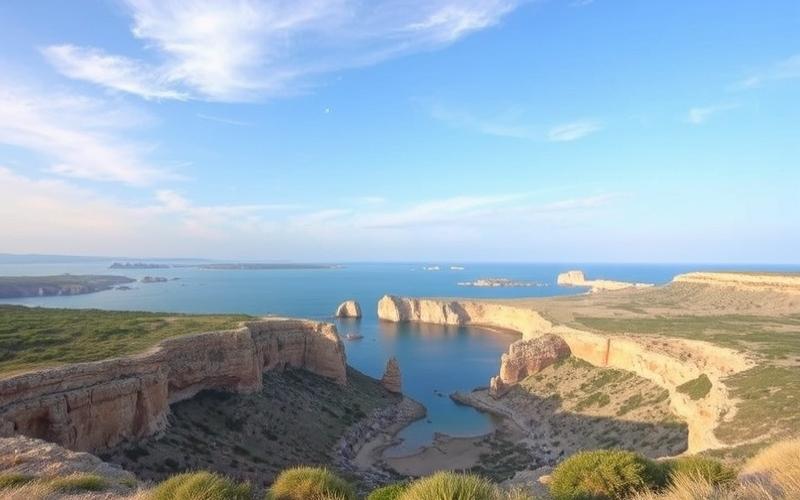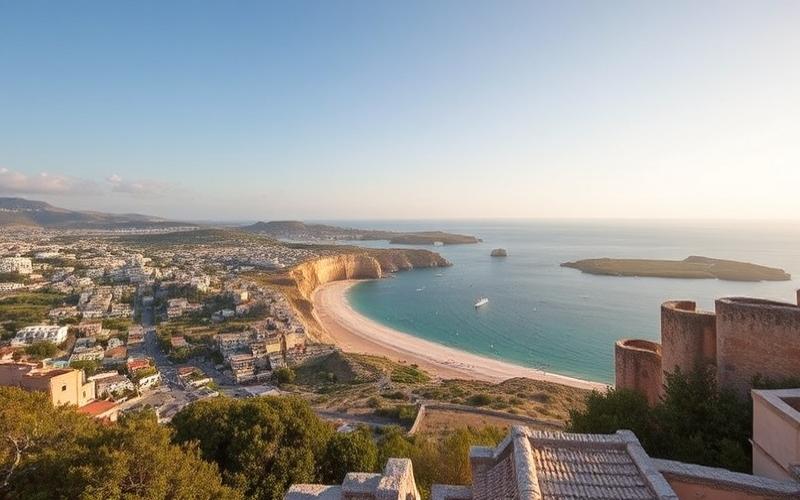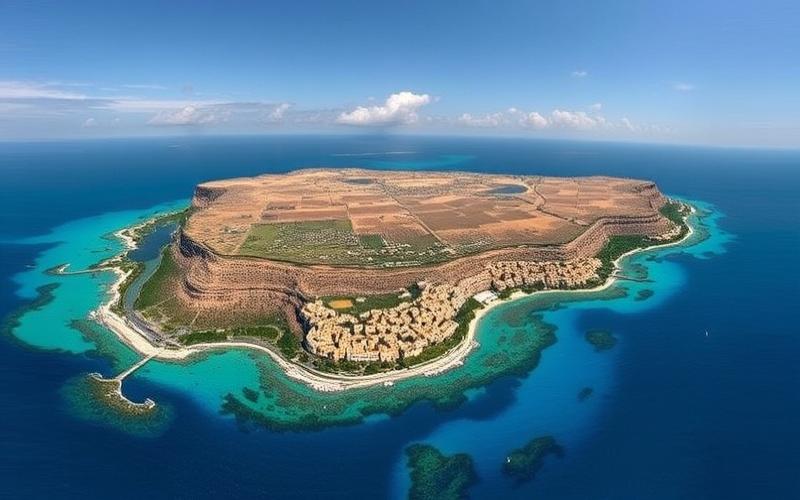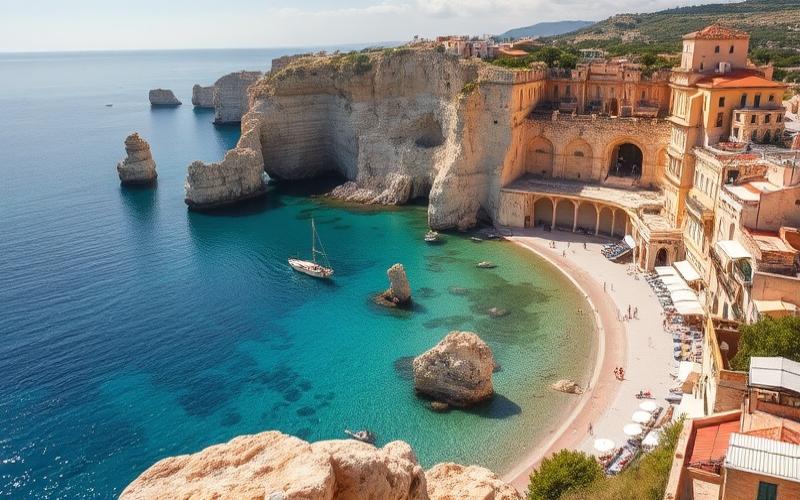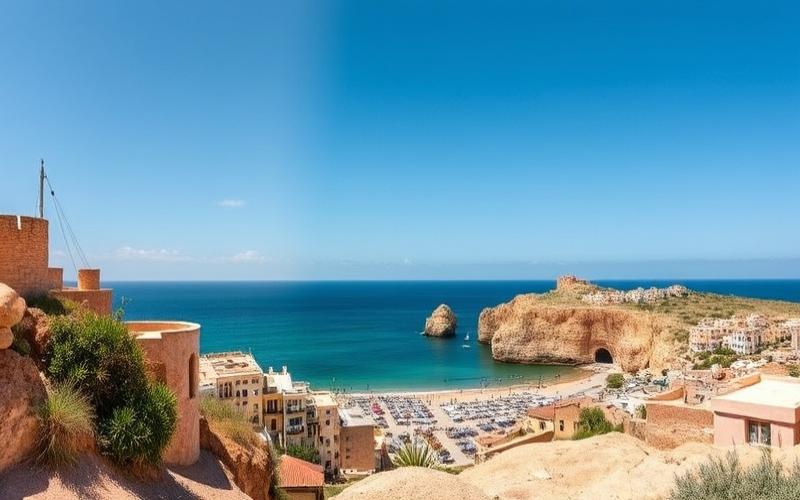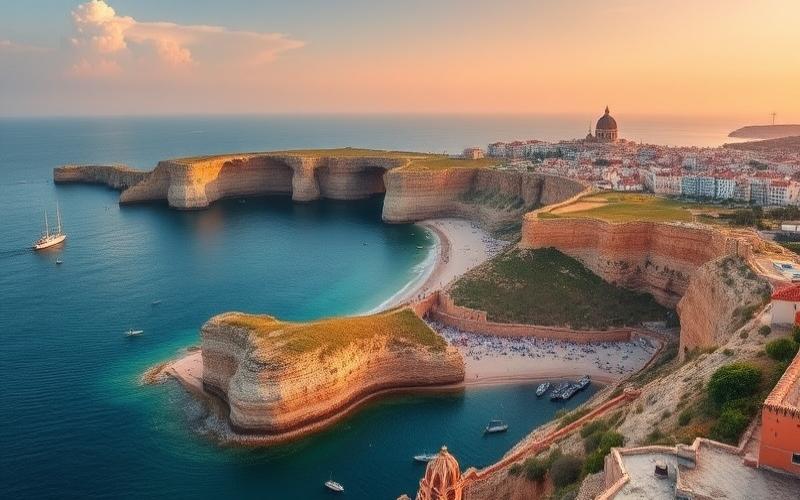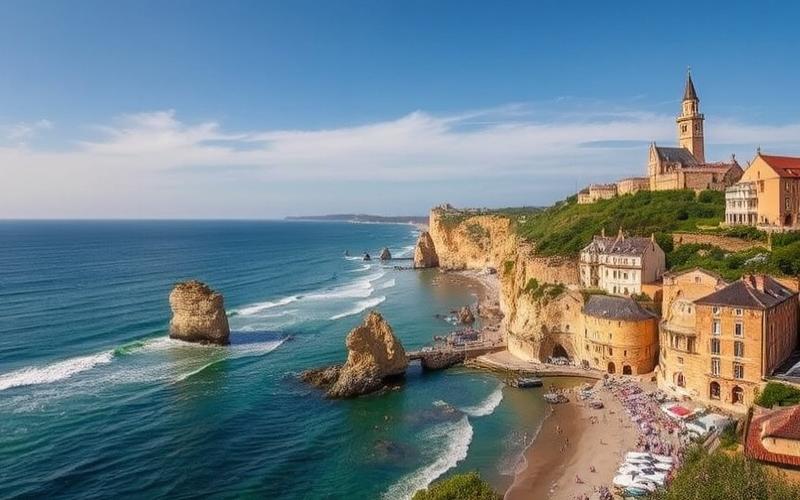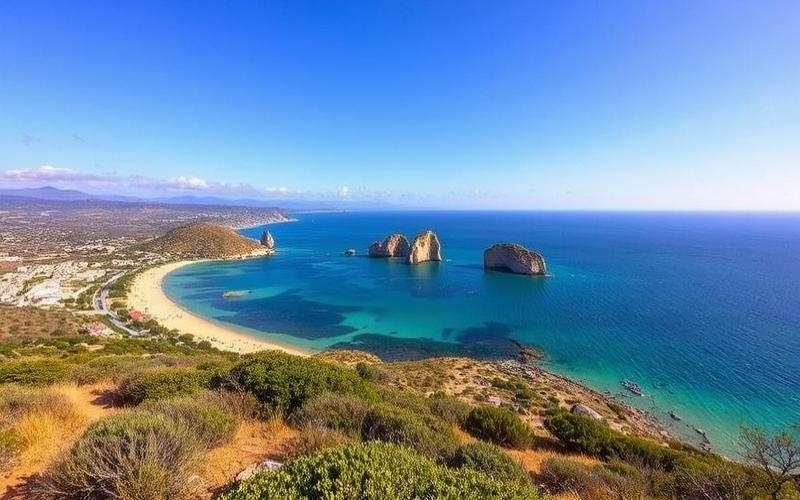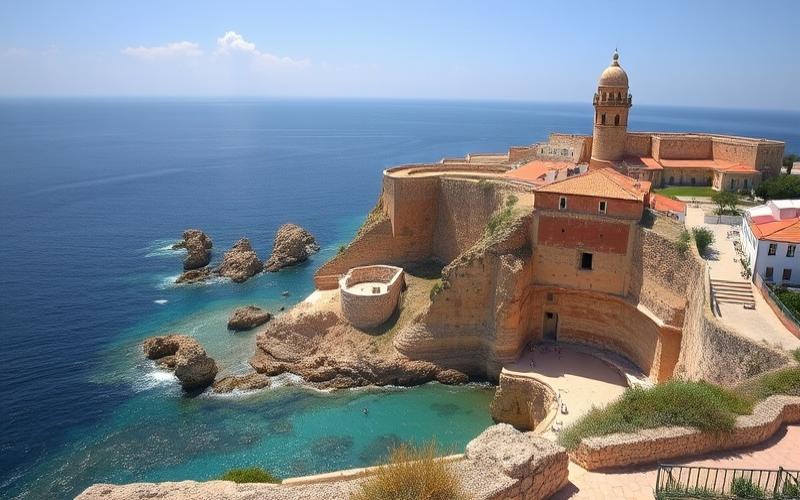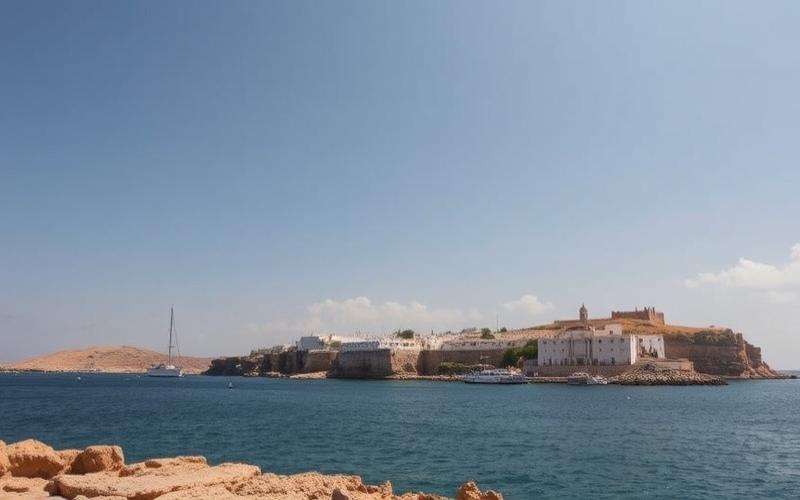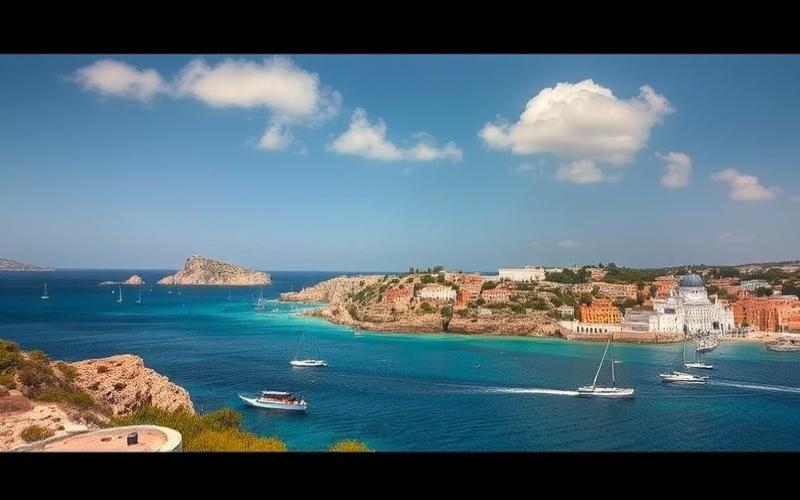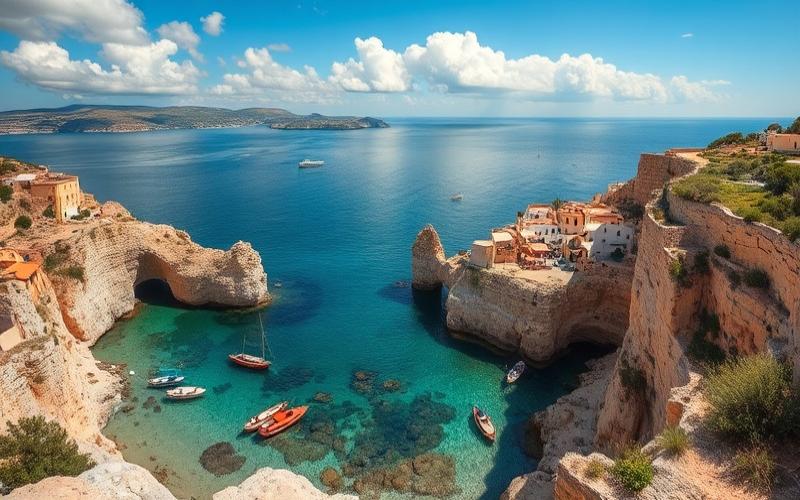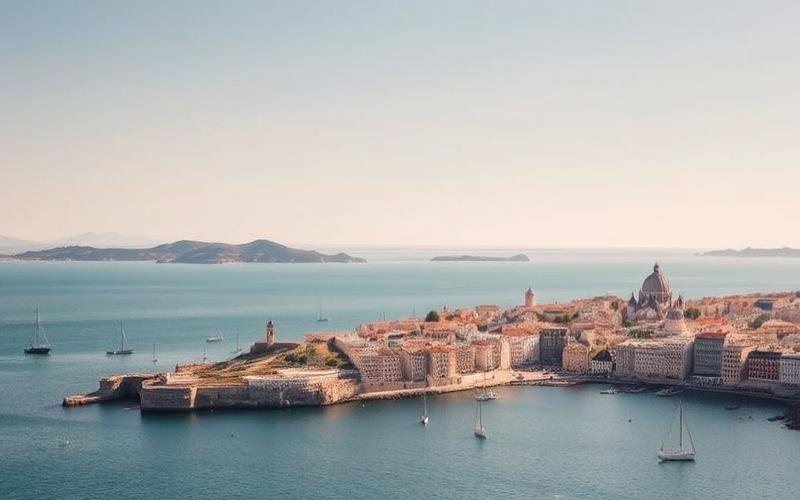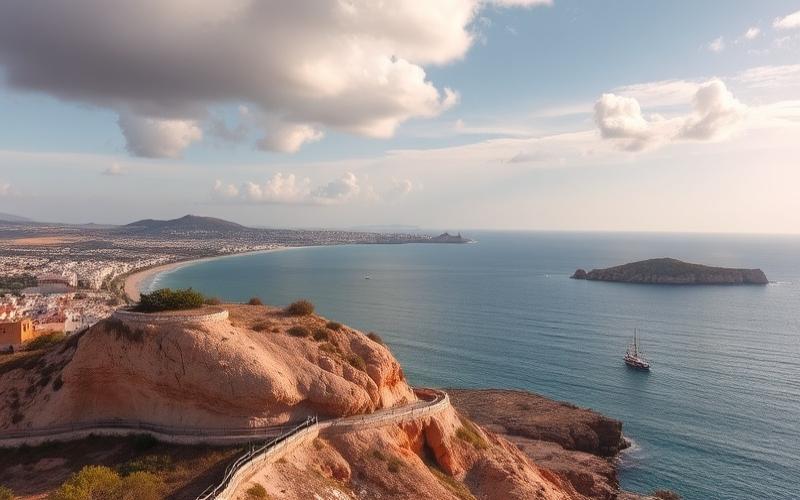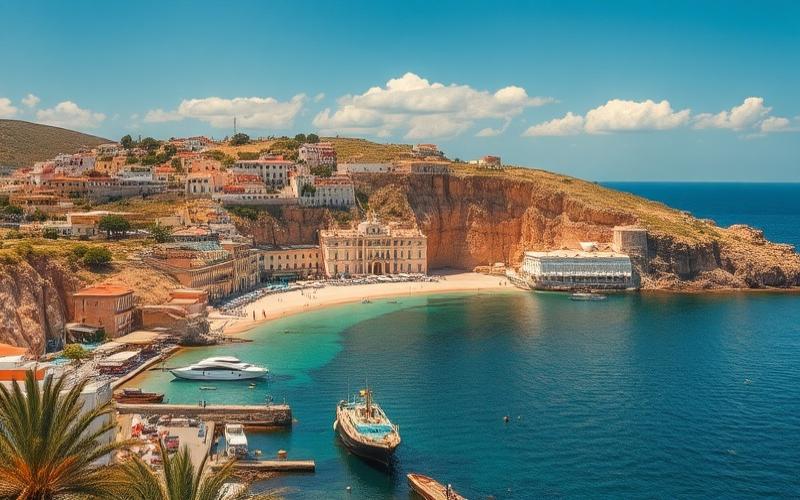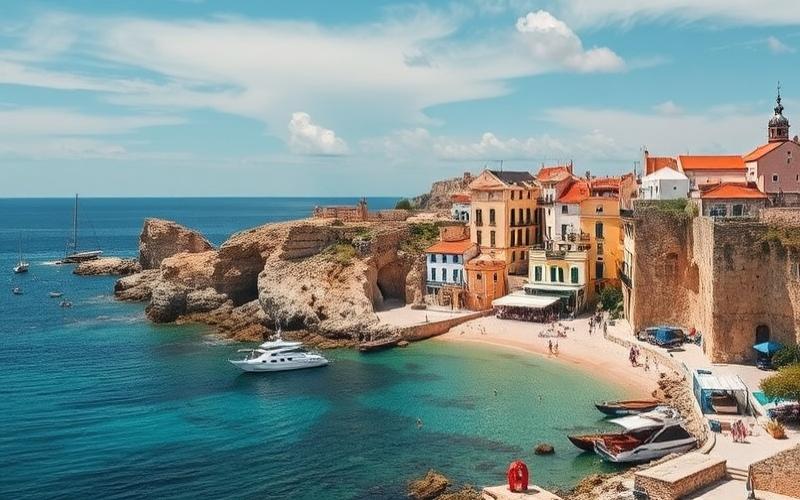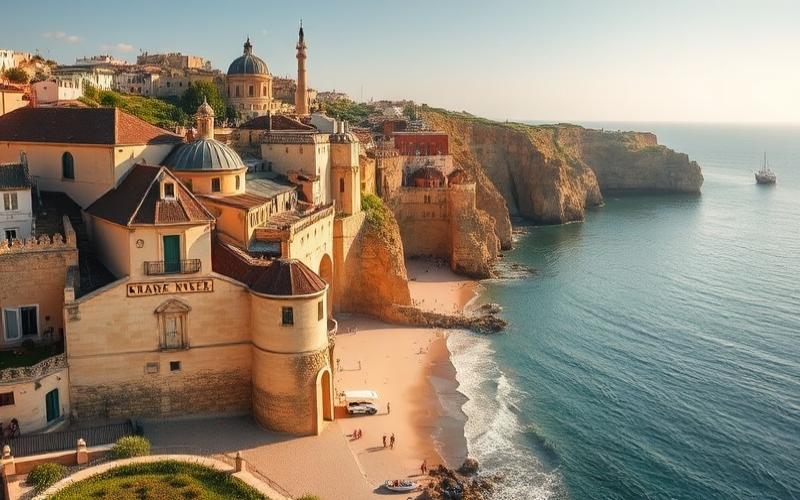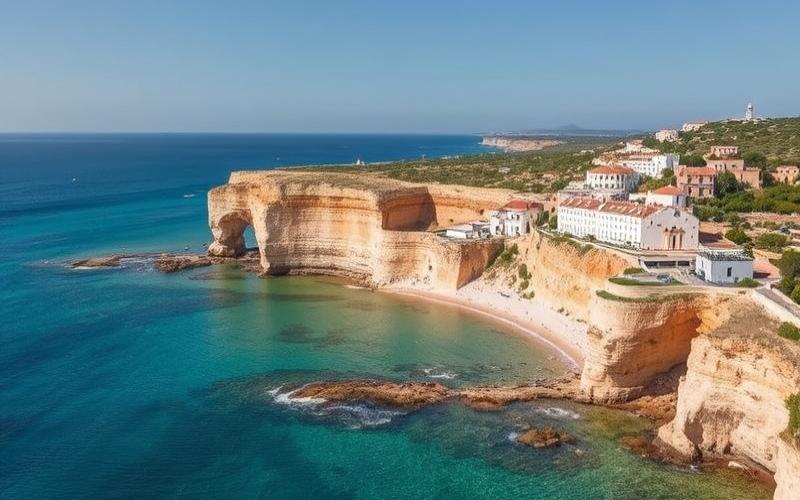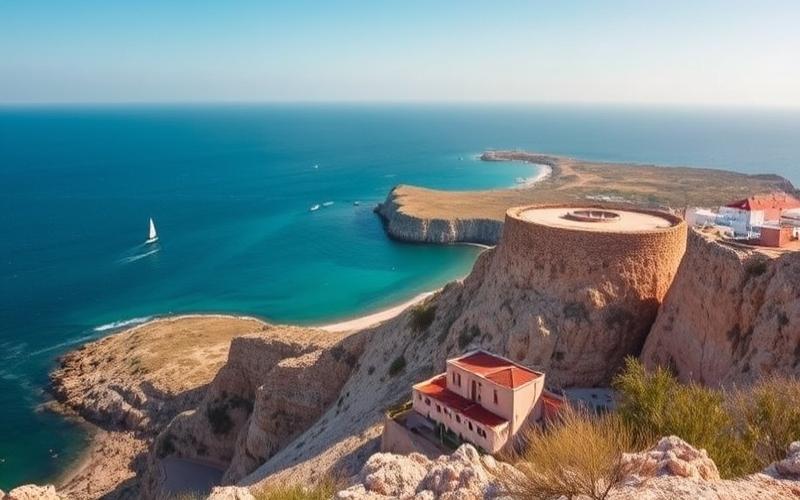
 Published on and written by Cyril Jarnias
Published on and written by Cyril Jarnias
Malta is a small archipelago located in the heart of the Mediterranean Sea, between Europe and North Africa. Despite its modest size, this island nation offers varied and fascinating geography, marked by its history and strategic position.
Geographical Location
The Maltese archipelago is located approximately 93 km south of Sicily (Italy), 284 km east of Tunisia, and 333 km north of Libya. This central Mediterranean location has made Malta a coveted strategic crossroads throughout the centuries.
Geographical coordinates: 35°53′N 14°30′E
The archipelago spans a total area of only 316 km², making it one of the smallest countries in Europe. It consists of three main islands:
- Malta: the main island (246 km²)
- Gozo: the second largest island (67 km²)
- Comino: a small island between Malta and Gozo (3.5 km²)
Several uninhabited islets complete the archipelago, notably Cominotto, Filfla, and the St. Paul’s Islands.
Topography and Landscapes
Malta’s topography is characterized by low limestone plateaus and gentle hills. The highest point of the archipelago is Ta’ Dmejrek, located on the island of Malta, which rises to only 253 meters above sea level.
The Maltese coastline is highly indented, alternating between:
- Steep cliffs, particularly on Malta’s west coast
- Sheltered bays and coves
- A few sandy beaches, mainly in the north of Malta island
The inland areas feature an arid and rocky landscape, typical of the Mediterranean. Natural vegetation is sparse, but there are some wooded areas such as Buskett Forest.
Climate
Malta enjoys a Mediterranean climate characterized by:
- Hot, dry summers
- Mild, humid winters
- An annual average of 3,000 hours of sunshine
- Rainfall concentrated between October and March
This favorable climate has contributed to the development of tourism, one of the country’s main economic activities.
Main Regions and Cities
Although small, the Maltese archipelago can be divided into several distinct regions:
Malta Island
- Valletta Region: The capital and its surroundings form the most urbanized and populated area of the country.
- North Coast: Tourist region with the main beach resorts.
- South: More rural and less developed area.
- Center: Inland region including the ancient capital Mdina.
Gozo Island
More rural and preserved than Malta, Gozo is often considered a destination in its own right.
Comino
This almost uninhabited small island is famous for its Blue Lagoon.
Main Cities
- Valletta: Capital and largest city of the country (6,444 inhabitants within the city walls, but approximately 400,000 in the metropolitan area)
- Birkirkara: The most populated city in Malta (22,247 inhabitants)
- Mosta: Third largest city in the country (20,241 inhabitants)
- Qormi: Important commercial center (16,779 inhabitants)
- Zabbar: Historic city in the southeast (15,404 inhabitants)
- Victoria (Rabat): Main city on Gozo Island (6,901 inhabitants)
Neighboring Countries
Malta has no land borders with other countries. Its closest maritime neighbors are:
- Italy: Sicily is the closest territory, 93 km to the north
- Tunisia: 284 km to the west
- Libya: 333 km to the south
Good to know:
Despite its small size, Malta offers great diversity in landscapes and atmospheres. From the historic capital of Valletta to the northern beaches and the spectacular cliffs of Gozo, each region has its unique charm to discover.
Geographical and Environmental Challenges
Malta’s particular geography poses several challenges:
- Limited water resources: The absence of permanent rivers and low rainfall make water management crucial.
- Coastal erosion: Cliffs and beaches are threatened by rising sea levels.
- Urbanization: The high population density (1,562 inhabitants/km²) puts pressure on natural spaces.
- Biodiversity preservation: Despite its small size, Malta hosts unique ecosystems that need protection.
Maltese authorities are implementing policies to address these challenges and preserve the archipelago’s exceptional natural heritage.
Good to know:
Malta is the most densely populated country in the European Union. This high demographic concentration on a limited territory represents a major challenge in terms of urban planning and environmental preservation.
Disclaimer: The information provided on this website is for informational purposes only and does not constitute financial, legal, or professional advice. We encourage you to consult qualified experts before making any investment, real estate, or expatriation decisions. Although we strive to maintain up-to-date and accurate information, we do not guarantee the completeness, accuracy, or timeliness of the proposed content. As investment and expatriation involve risks, we disclaim any liability for potential losses or damages arising from the use of this site. Your use of this site confirms your acceptance of these terms and your understanding of the associated risks.

